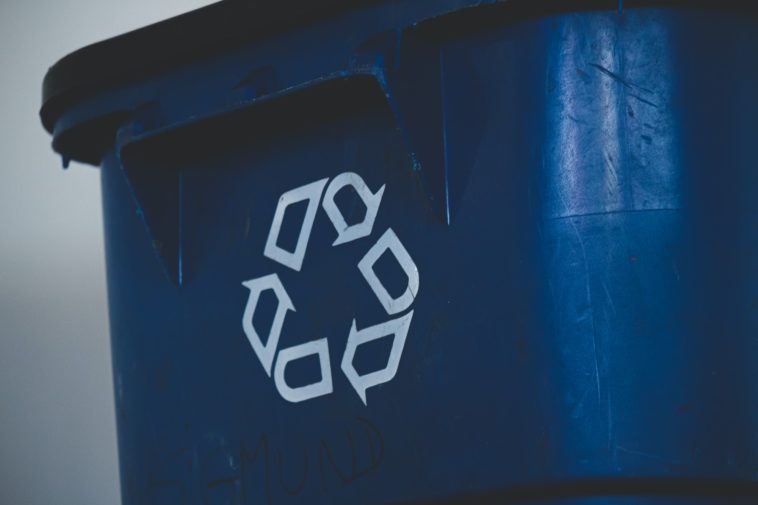Recycling is the systematic practice of transforming used materials into new items. This activity serves several important functions, such as minimizing the need to harvest new raw resources, conserving energy, decreasing both air and water contamination, reducing the necessity for traditional waste management systems, and lowering the emission of greenhouse gases relative to the manufacturing of new plastics. In the modern framework of waste management, recycling serves as an integral part, following the well-known hierarchy: “Reduce, Reuse, Recycle.”
Importance of Reducing Raw Material Consumption
Recycling helps in minimizing the consumption of fresh raw materials, which is crucial for several reasons. Extracting new raw materials often requires considerable energy and can result in significant environmental degradation, such as soil erosion, habitat destruction, and groundwater contamination. By reusing materials that have already been processed, we can bypass or significantly reduce these negative impacts.
Energy Conservation Through Recycling
One of the immediate benefits of recycling is energy savings. When goods are produced using recycled materials, less energy is typically needed compared to producing the same goods from virgin materials. For example, the energy required to produce aluminum from recycled materials is 95% less than manufacturing it from bauxite ore.
The Environmental Benefits: Air and Water Pollution
Another significant advantage of recycling is its potential to reduce both air and water pollution. Manufacturing industries are often significant sources of pollution. Processes that require less energy result in fewer emissions and less pollution. Additionally, recycling helps reduce the volume of waste that ends up in landfills, which can leach harmful chemicals into groundwater over time.
Impact on Greenhouse Gas Emissions
Recycling also plays a role in mitigating climate change by lowering greenhouse gas emissions. Production processes that use recycled materials generally emit fewer greenhouse gases compared to those utilizing new or virgin materials. For instance, the recycling of paper results in 35% less water pollution and 74% less air pollution than making paper from raw wood pulp.
The “Reduce, Reuse, Recycle” Hierarchy
Recycling is not a standalone solution but part of a broader waste management strategy often summarized as “Reduce, Reuse, Recycle.” In this waste hierarchy:
- Reduce: The first step emphasizes the reduction of waste generation. This could involve using products that are designed to last longer or using less material in general.
- Reuse: The second tier focuses on reusing items as much as possible before discarding them. Reusing is even more energy-efficient than recycling because it avoids the energy-intensive processes of breaking down materials and forming them into new products.
- Recycle: Finally, when materials can neither be reduced nor reused, recycling serves as the last resort. However, it is a crucial step that completes the cycle and ensures that waste is transformed into useful products rather than ending up in landfills.
Types of Materials Commonly Recycled
Various materials can be recycled, including:
- Metals: Aluminum and steel cans are commonly recycled.
- Paper and Cardboard: Newspapers, office paper, and cardboard boxes are recyclable.
- Plastics: Types 1 (PET) and 2 (HDPE) are often recycled.
- Glass: Often sorted by color before recycling.
- Organic matter: Food waste can be composted, another form of recycling.
Challenges and Limitations
While recycling is beneficial, it’s essential to acknowledge its limitations. Not all materials are easily recyclable, and sometimes the cost of recycling can exceed the cost of producing new materials. Additionally, the presence of impurities can often complicate the recycling process.
Conclusion
Recycling is a vital practice in contemporary waste management strategies. It not only aids in conserving fresh raw materials but also helps in energy conservation and reducing environmental pollution. As an integral part of the “Reduce, Reuse, Recycle” waste hierarchy, recycling helps to manage waste in a more sustainable way, offering a viable alternative to traditional waste disposal methods.
By understanding and practicing recycling, individuals, communities, and industries can play a role in creating a more sustainable and environmentally friendly future.





